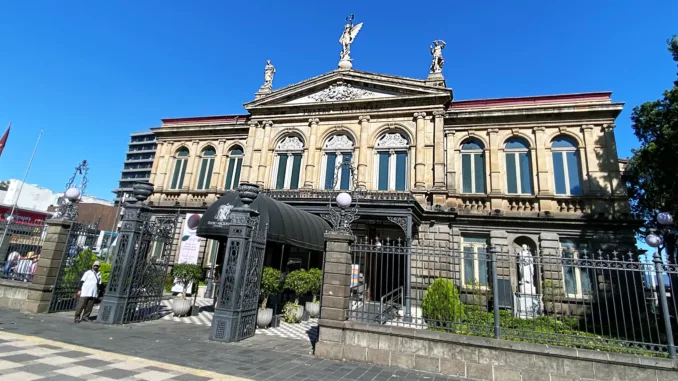
BY J. MARIE CARLAN
BARISTA MAGAZINE ONLINE
Footage via J. Marie Carlan
We’re again from Dalla Corte’s DC Campus in Costa Rica, arranged via our pals at Viaje con Café. The week was once spent immersed in Costa Rica’s espresso tradition: finding out in regards to the nation’s deep ties to the crop, visiting cafés and farms, and playing the pretty landscapes and tropical local weather.
In section one of this text, we visited a farm pushing the envelope with ways and merchandise, and mentioned probably the most analysis that CATIE and International Espresso Analysis are doing in Costa Rica. As of late, we’ll check out what it’s like for farmers and low pickers at the floor.
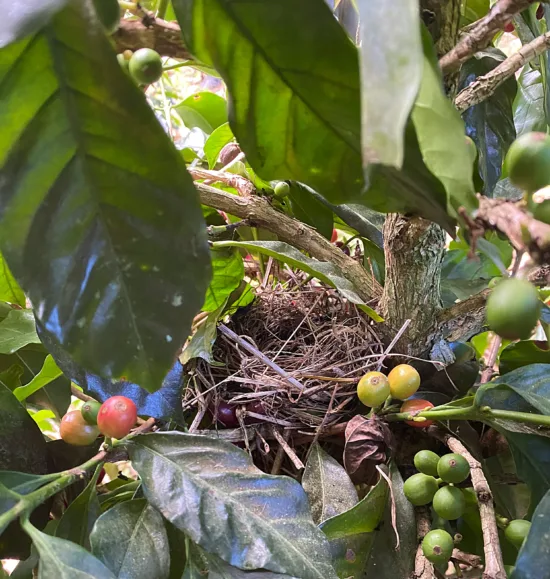
A Day at the Farm
At Finca L. a. Margarita, within the Alajuela province, farm supervisor Emmanuel Soliz palms out rounded plastic baskets with straps to tie round our waists. Those baskets use a unit of size referred to as a cajuela. In Costa Rica, espresso is measured via quantity for pickers, sooner than it’s measured via weight later within the sale procedure. One cajuela holds about 17 liters of espresso cherries.
Our objective is to peer how a lot espresso we will select in a definite period of time, running on a plot of the Esperanza selection. We’re tasked with simplest choosing the ripe purple cherries. It is a activity more uncomplicated mentioned than completed; probably the most inexperienced beans attempt to bounce within the basket with the purple ones, and a few cherries are too ripe. Any small buds at the branches will have to be have shyed away from in order to not injure them; the ones buds are long run espresso cherries.
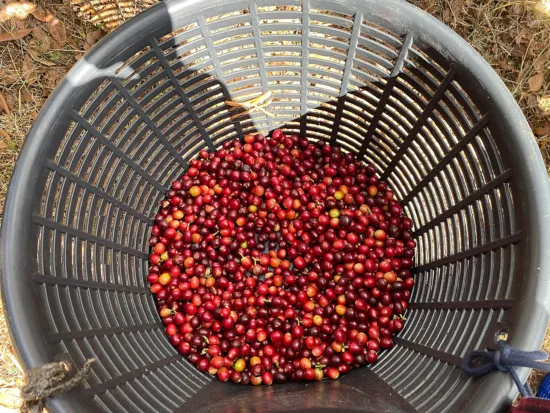
How (No longer) to Pick out Espresso Cherries
After about part an hour, I’ve picked a couple of hundred cherries. They slightly fill the ground of my cajuela basket. I additionally understand I’ve let slip too many greenish cherries, and really feel uncharacteristically ashamed. We’re instructed that an skilled picker can fill about 20 baskets an afternoon. The velocity at which they paintings is spectacular. On a regular finca, a picker will earn $2 consistent with basket stuffed. For some distinctiveness farms, like this one, the fee would possibly pass as much as $3 or $4 a basket, because it calls for extra time and bigger care to select simplest the ripest ruby cherries for harvest.
Two pickers are readily available on the farm, with complete baskets. They wait patiently because the L. a. Margarita staff in my opinion weighs all of our paltry harvests. When the pickers’ baskets are in any case measured, we smash into applause.
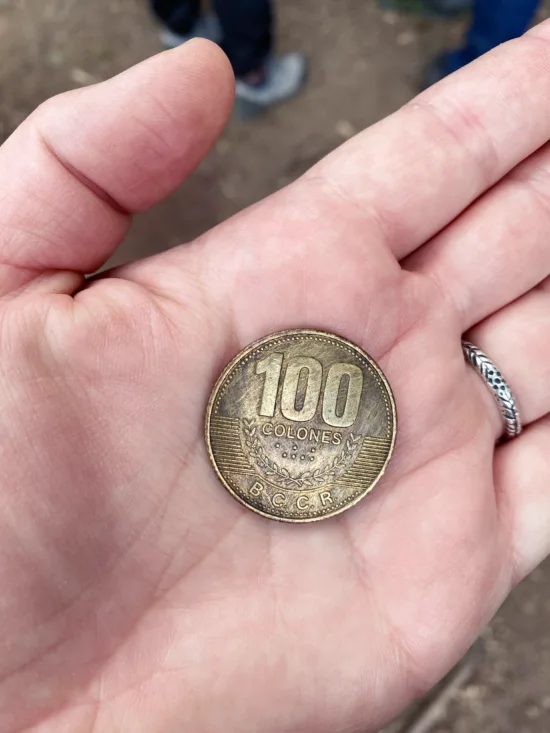
In overall, the DC Campus team has picked 5 cajuelas. We’re every awarded in colones (Costa Rica’s forex) for the quantity of cherries we picked. Prizes are awarded to most sensible pickers for quantity and cherry high quality. I’m within the smallest incomes team, at 100 colones, which is an identical to 19 cents USD.
Lots of the pickers don’t seem to be Costa Rican locals. Most often, indigenous peoples migrate for the season from Nicaragua and Panama to collect the espresso harvest. All through the peak of the COVID-19 pandemic, there have been problems with transportation, stressing the harvest provide chain. Now, other stressors are affecting espresso harvests.
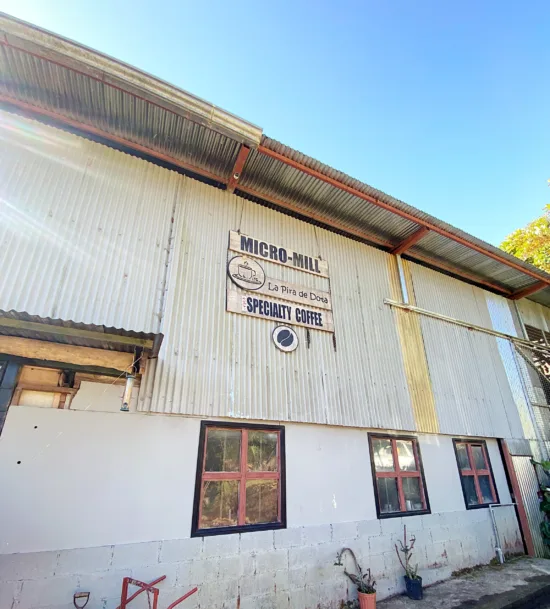
Finca L. a. Pila de Dota: A Distinctive Gadget
L. a. Pila is a family-run micromill in Dota with an old-timey really feel. The interior of the mill is checkered with antique espresso cups, painted picket cart wheels, espresso baggage, and paraphernalia. Vintage farm apparatus dots the land outdoor, the place a couple of cows roam freely, and low timber mix into different fruit-bearing timber and timber tucked away into the hillside.
L. a. Pila produces coffees with out insecticides and herbicides. The eldest member of the kinfolk, Carlos Ureña Ceciliano, has engineered artful strategies of creating his personal fertilizer. He mixes semolina, sugarcane, and water with topsoil. He then provides other parts, corresponding to potassium, to other mixes for more than a few makes use of across the farm. When it’s able, he provides a gallon of the home made fertilizer to a pump spray can, fills it the remainder of the way in which with water, and sprays the vegetation each two weeks.
Carlos has additionally evolved a machine using night time winds (the 1,700-meter elevation makes the nights cold) to chill down water with out electrical energy, which is then used to soak espresso cherries in a single day simply after harvesting. The beans pop out sweeter and better-tasting after this remedy. Carlos’ daughter, Ana Victoria Ureña Gamboa, provides an indication on how the chilly impacts the sugars within the cherries. First, she peels open a heat mango together with her enamel, appearing how the juice sprays and runs from the fruit at common temperature. Then, she opens a cooler to show a chilly mango. When she peels it, the juices don’t spray out, however stay within the fruit.
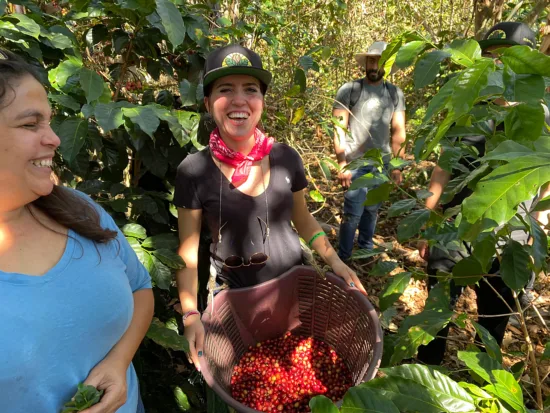
Within the Timber
Ana leads us across the espresso timber and displays us cherries of various sorts, like Typica and Gesha, permitting us to style them. The cherries all have other flavors, which makes it more uncomplicated to consider how the general merchandise will vary. At our toes, the bottom is roofed in fallen twigs and leaves, which Carlos lets in to accept soil vitamin. Tiny espresso vegetation develop across the base in their father or mother espresso timber; Carlos will take away a few of these to develop in different spots, and depart some to assist receive advantages the father or mother vegetation.
This past due into the harvest, L. a. Pila gathers each ripe and unripe cherries to procedure for native intake. Area of expertise-grade espresso is distributed in a foreign country, the place it is going to fetch a greater worth. Maximum of Finca L. a. Pila’s espresso is exported to Japan.
One of the timber have glaring harm with mild spots at the leaves; Ana informs us that those spots are referred to as ojo gallo (chicken eyes) and are from an overabundance of rain. Like different farms in Costa Rica, a significant portion of L. a. Pila’s espresso crop was once misplaced to heavy rains in an early harvest season. Then again, the elements stays dry sufficient for now, and the vegetation proceed to sprout new leaves.
Nonetheless, Ana is aware of that subsequent yr’s harvest can also be impacted via the rains this yr. That is the truth manufacturers are dealing with within the converting local weather.
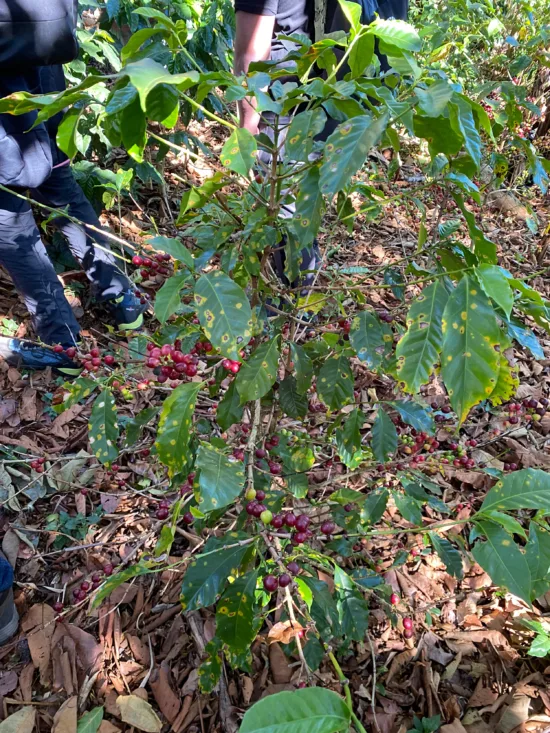
Ultimate Ideas
After seeing how tricky it’s to develop, select, procedure, and export espresso from generating international locations, I will be able to’t have a look at my cup of espresso the similar method. Seeing the onerous paintings of the folks at the back of the bag has been an eye-opening enjoy. I joked with my fellow vacationers about how I’d reply the following time somebody tells me espresso is just too pricey: “In the event you suppose it’s reasonable and simple, check out rising it your self.“ However in fact, I will be able to’t be so glib. I’m satisfied to peer the distinctiveness trade in Costa Rica rising, and I am hoping to do my section in serving to to make sure its long run.
ABOUT THE AUTHOR
J. Marie Carlan (she/they) is the web editor for Barista Mag. She’s been a barista for 15 years and writing since she was once sufficiently old to carry a pencil. When she’s no longer at the back of the coffee bar or toiling over content material, you’ll to find her perusing document retail outlets, writing poetry, and seeking to stay the vegetation alive in her Denver condo. She every now and then updates her weblog.
Subscribe and Extra!
Out now: It’s the February + March 2024 factor of Barista Mag! Learn it free of charge with our virtual version. And for greater than 3 years’ price of problems, seek advice from our virtual version archives right here.
You’ll be able to order a difficult reproduction of the mag thru our on-line retailer right here, or get started a subscription for 12 months or two.

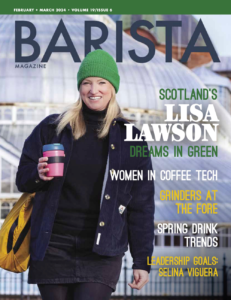
Leave a Reply